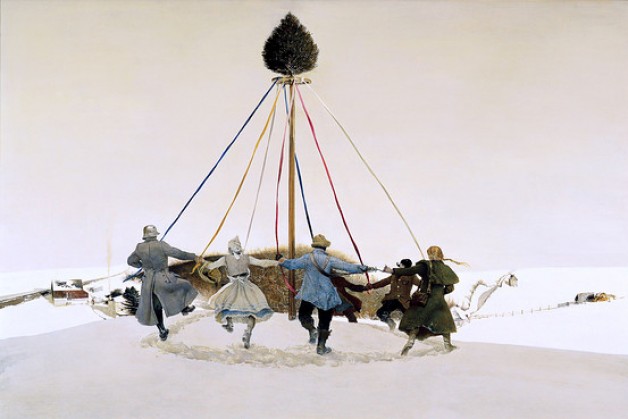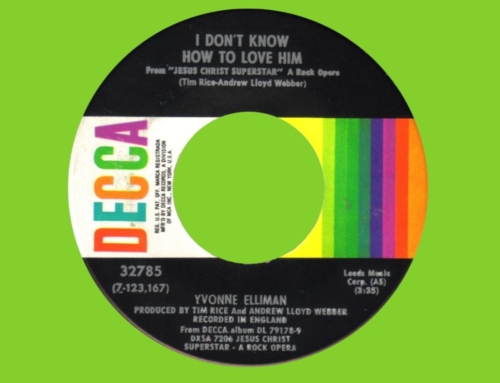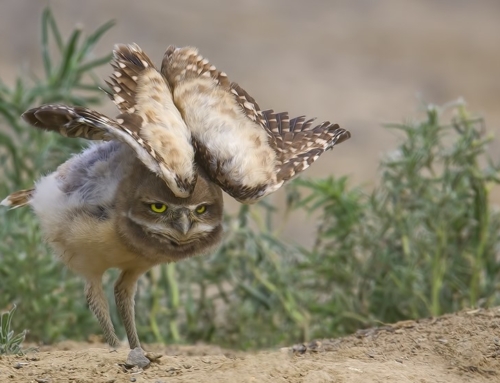“Video Killed the Radio Star”—at least according to the British pop group The Buggles. And they were right. With the exception of a handful of NPR devotees perhaps, few still listen every evening to radio programs. A minority may claim the superiority of The Lone Ranger radio program when compared to anything showing on the “Idiot Box,” but most people are inclined to write off these voices of dissent as mere antiquarians.
Does this televised victory have an analogy in the artistic realm? Is there some billboard success to be had with a song titled “Digital Photography Killed the Realistic Painting”?
This summer I had the pleasure of visiting the Brandywine River Museum, home to the works of Andrew Wyeth, one of the greatest American realist painters of the twentieth century. Simplifying to the extreme, one might describe realism as the attempt to represent or reproduce reality truthfully and honestly. Before seeing one of Wyeth’s works, it is easy to imagine a critic saying: “Why would anyone even bother with realism anymore? Isn’t this a hangover from a time before sophisticated photography? How can a painting possibly be more realistic than a picture?” The last question is an important one, and I think the answer is paradoxical: paintings can represent reality as it really is, not just as it looks.
Photography is great at recording surfaces: the minute details and shapes of an object, event, or encounter. If you want to know how something looks or appears, pictures are great. But reality is far more than appearances; there is more to flesh and blood than mere flesh and blood. Let’s focus on two elements of reality that pictures, no matter how good, just don’t capture as well as a painting: emotions and meaning.
Sure, a camera can catch emotions, but are they real? When you see a smiling person in a picture you see just that: a smiling person. But why are they smiling? Is it because they are happy, or is it because someone yelled, “Smile” before they took the shot? When a painting shows happiness, smiles, laughter, tears, screams, or any other emotion, it does so with a greater facility in conveying exactly that emotion. It says, “This is the way it is.” The realism of this portrayal is not due to what is painted, but how it is painted. Using colors, shading, and contrast, the artist expresses the emotional content of a situation, of an image, of a person’s life. Photos, in capturing the material, the surfaces of reality, can fail to plumb these depths. Paintings, such as Wyeth’s Snow Hill, go deeper than mere appearances, producing a result that is more accurate, more realistic, more true to the world. The feeling of joy amid a bleak winter, a joy produced by these specific people that Wyeth knew, is impossible not to perceive.
What about meaning? Again, one can capture important moments on roll and reel, but if a picture is worth a thousand words, a painting is worth at least a million. If this isn’t the case, why do people often demonstrate a preference for hanging realistic art in their homes instead of large photographs? Wouldn’t you find it odd to be in a house with gigantic photos on the walls? A photo says, “This happened.” A painting says, “This means something.” And it is the artist who gives and captures the meaning. After all, unlike most pictures, which can be taken in a second by a robot, a good painting takes years of work by a human trained and practiced in the art. Look again at Snow Hill and notice the seven strands around the pole. A closer look reveals only six people. If this were a picture one could ignore the detail, but because that extra strand was painted over a number of years, carefully constructed and thought about, we know it must mean something. Is it not the representation of the artist himself, an invisible member of that farming family? This strand too has a purpose, a meaning.
Will photography ever totally eclipse painting? I pray not, for although artist photography is not devoid of meaning, looking upon Andrew Wyeth’s work makes me think that paintings are better at capturing the whole of the real, visible and invisible.
✠
Image: Andrew Wyeth, Snow Hill







